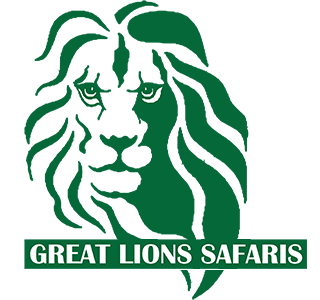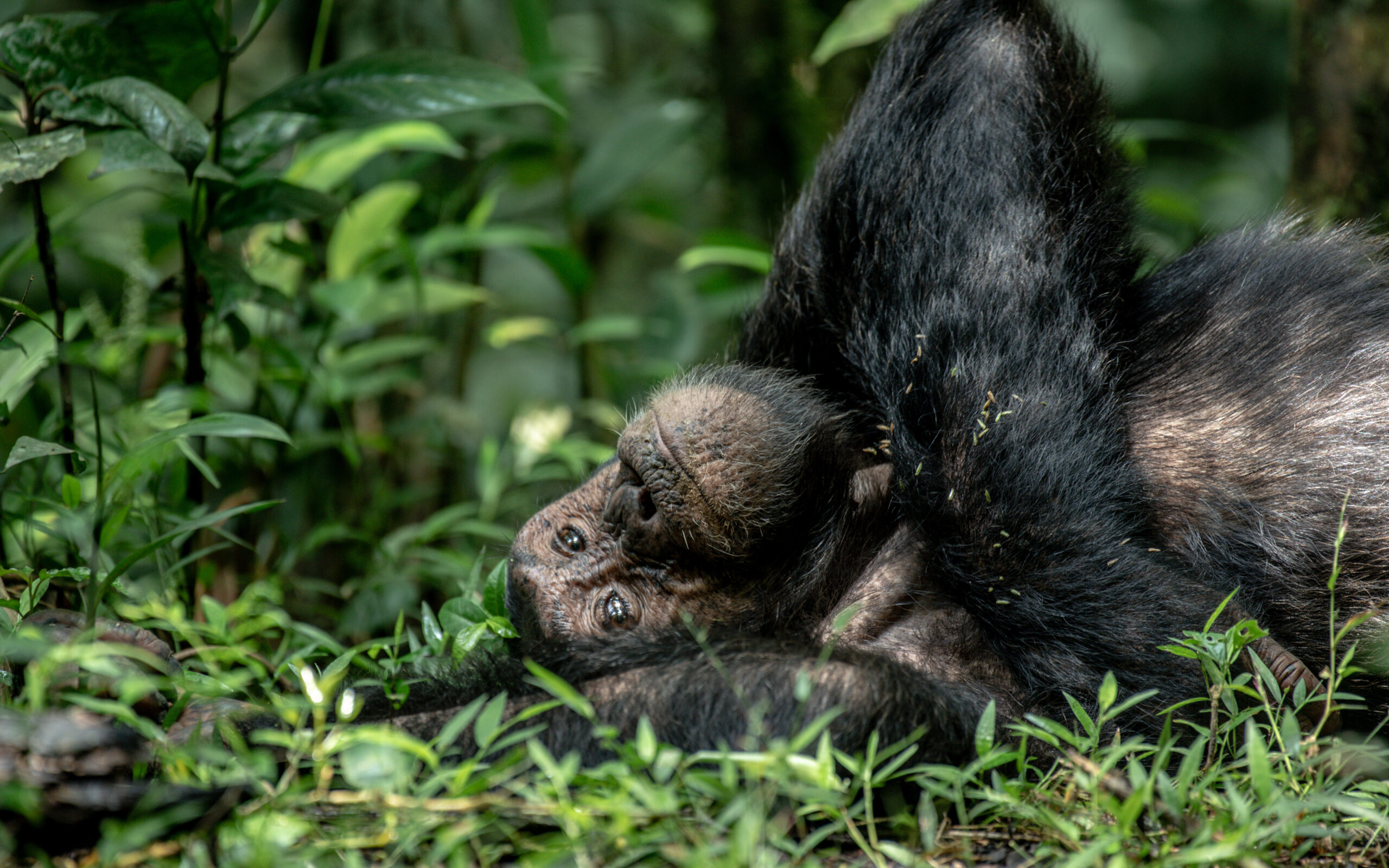Kibale National Park.
Perched in the western provinces of Uganda, Kibale National Park protects a large moist evergreen forest. It occupies an area of approximately 766 square kilometers in the Kabarole district but stretches up to Kamwenge, Kyenjojo, and Kasese districts, elevating up to between 1100 to 1600 meters above sea level. The National Park parades the beauty of the towering canopies of trees scattered all through the diverse array of landscapes it is bestowed with.
The history of Kibale Forest dates back to the times immemorial but the national park’s can be stretched starting with the times when conservation efforts started to be taken seriously and put into practice by the local governing bodies in collaboration with international conservation organizations.
The stretch of land where the National Park lies today was first gazetted as a logged forest area by the British administration in 1932. The British used the forest for various purposes especially protecting the forest and extracting hardwood for their day-to-day activities.
In 1948, the forest was gazetted as a forest reserve still under the British administration in a bid to strengthen conservation efforts. It was not until 1993 that the reserve was upgraded to a National Park by the Ugandan government.
The uniqueness of Kibale National Park.
The uniqueness of Kibale National Park lies in the huge number of primate species it hosts, both diurnal and nocturnal. It was named “the primate capital of the world” due to the high population of the primates it harbors and indeed it provides the best experiences for adventurers seeking enjoyable moments with primates in a natural environment.
Guests to Kibale National Park get the golden opportunity to set their eyes on several primate species, especially the chimpanzees, pottos, Black and white colobus monkeys, vervet monkeys, blue monkeys, l’hoests, and red-tailed monkeys.
Activities carried out in Kibale National Park.
Nocturnal/Night walks. These interesting nature walks are usually conducted under the guidance of game Rangers who provide extra protection to the travelers as they embark on their sensational explorations. Nocturnal walks help the visitors to watch the nocturnal primates and other creatures that are active during the night. These walks are usually conducted after dinner in the forest to watch serval cats, pangolins, and others.
Chimpanzee trekking. This is the highlight of the National Park. Visitors to this gigantic park have the chance to indulge in the exciting activity of trekking the chimpanzees. Chimpanzees in these national parks live in habituated families that can be accessed by visitors freely with no harm caused.
The visitors are required to book their trekking permits days before the trekking date.
They can be obtained at $250 for the foreign non-residents, $200.00 for the foreign residents, and Uganda shillings 250,000 for the East African citizens.
Chimpanzee habituation. Chimpanzee habituation is more like chimpanzee trekking although their difference lies in the activities carried out and the time spent with the primates.
Chimpanzee habituation allows the visitors to spend more time with the chimpanzees and also participate in conservation activities with the researchers and conservationists which is somewhat a more rewarding experience.
Crater lakes tours. Kibale National Park has beautiful crater lakes within it. Visitors enjoy exploring them because they are great spots for sightseeing and photography. The Ndali and Kasenda crater lakes help elevate the experiences of the guests and the overall time spent in the national park.
Bird watching. The Bigodi Sanctuary on the outskirts of the park is a great destination for bird watching. Adventurers interested in viewing the Great Lakes Endemic bird species find pleasure in it.
Visitors have the opportunity to spot some of the rare species of birds encompassing; standard winged night jar, green-breasted pitta, bar-tailed Trogon, black-breasted barbet, Shelley’s crimson wing, bush shrikes, eastern plantain eaters, African green pigeons and pied king fishers.
Main attractions of the National Park.
The chimpanzees stand out as the main attractions of the National Park since most of the tourists to the National Park are interested in chimpanzee tourism activities that is to say trekking and habituation.
The thick primeval forest is also an outstanding attraction. Visitors enjoy watching the towering canopies and also traversing through the thick rainforests as they observe the rare species of flora and fauna.
Getting to Kibale
Kibale National Park is about a 5-hour drive from Kampala along the Kampala – Mubende – Fort Portal Road covering a distance of about 348 kilometers. It is approximately 26 kilometers southeast of Fort Portal, the tourist city.
Best time to visit.
The dry seasons are the most appropriate and favorable times to visit Kibale National Park. This is because they provide comfortable conditions for visitors to explore the forest and other creatures within.
The dry seasons are categorized into two that is to say the long dry season of June to September and the short dry season of December to February.
It is however important to note that wet seasons too provide sensational experiences. The park is always open 24/7 to ensure that visitors embark on their explorations with no interruptions.

